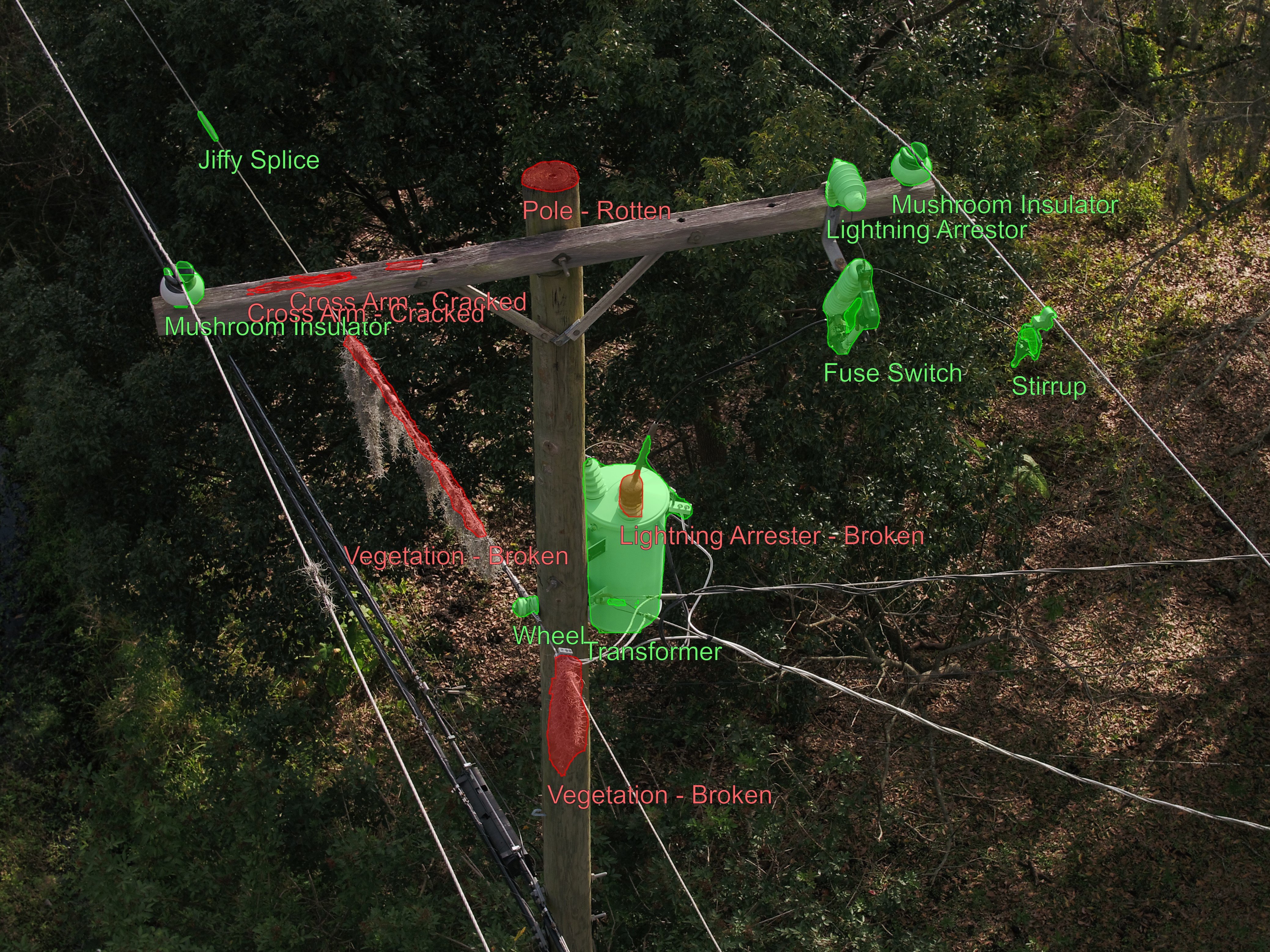Common roadblocks and how to overcome them
Utilities are awash with ideas for capital projects. Incorporating technologies such as geospatial data analytics and artificial intelligence (AI) provides unprecedented visibility into your electric transmission, distribution, and substation assets—offering new ways to increase safety and reduce costs.
But capital expenditure (CapEx) dollars aren’t always easy to come by. And it’s hard to know if your project even qualifies.
Common CapEx projects for utilities include:
- Building new utility lines
- Building new power plants
- Implementing new tools to increase network reliability
- Developing new technologies to improve operations
Even if your project fits into a category above, you still might struggle to make the case for CapEx dollars. Government-regulated utilities must seek approval from their local commission for any project that requires rate increases. Further, these rate cases are governed by dozens of lawyers and accountants, with practices differing by company and state. In short, securing CapEx funds isn't easy.
So why advocate for CapEx?
First, it’s how utilities grow. Whereas operation and maintenance (O&M) dollars provided by state commissions are allocated to operational needs, CapEx dollars enable utilities to earn return on equity (ROE), which still averages 9-10% despite slowdowns from the pandemic. Strong ROE is a big reason why utilities want to transition O&M to CapEx.
Another reason is capital projects also tend to increase safety—the holy grail for utilities. Consider the practice of asset inspections. Typically, assets such as power lines and towers are inspected using potentially dangerous means such as climbing poles or flying helicopters. Drones have been proven to drastically improve the safety and reliability of asset inspections.
CapEx projects are also great for career advancement. Those who figure out how to improve the network while moving O&M into CapEx are helping their companies grow, thus opening the door for promotions and other career opportunities.
Common roadblocks for CapEx
Now that you understand the main benefits of capitalizing your projects, let’s move into three common roadblocks and how to overcome them.
1. The variability of rules and laws
There are two main gatekeepers for CapEx dollars: your company and the state. Each utility defines its own set of rules for internal budgeting and what qualifies for CapEx. Similarly, each state commission acts differently on how they account for project funding. In some states, justifying capital projects is difficult unless you’re building a power plant. Other states are more progressive on what qualifies as CapEx.
To overcome this roadblock, work with your accounting group to learn the rules for CapEx at your organization. Following internal guidelines is your best path to getting your CapEx projects approved internally and externally. Without that alignment, you can’t be successful.
 2. New services vs. old operating models
2. New services vs. old operating models
Cloud-based software-as-a-service (SaaS) models enable utilities to benefit from powerful technologies such as AI without having to build and maintain the software themselves. This can be massively beneficial for resource-strapped utilities, but it often runs counter to traditional regulatory models which tend to classify SaaS as O&M.
One solution is to adopt SaaS technology that brings new and innovative capabilities to the business. Consider this example: Replacing your server-based Windows environment with a cloud-based version still provides the same general service to the organization. On the other hand, by adopting a novel AI-powered analysis engine such as PrecisionAnalytics to flag potential asset maintenance issues in a safer, cheaper, and more accurate way than traditional methods, you’re transforming a business function and thus making it easier to capitalize the SaaS and related expenses.
3. New technology
Some internal and state regulators will balk at the effectiveness of nascent technology. Asking ratepayers for an increase is seen as a big deal that will undoubtedly face backlash from the public, so any CapEx projects involving technology must be defendable as sound investments that will hold up and improve the network long-term.
The obvious solution is to invest in technology with a proven record of success. For more than a decade, PrecisionHawk has led the industry in providing reliable aerial intelligence and geospatial data analytics to some of the world’s largest enterprises and government agencies.
Because each commission differs in how they handle CapEx requests, it’s helpful to consult with your software or services provider to ensure any technology you obtain is tailored to your business and will deliver value from day one. There’s no shortcut to this process—working alongside a proven technology provider to build the business case is the best way to ensure your project is ultimately successful.
Get help with your CapEx project
When it comes to CapEx projects, it’s not always about creating a new program or replacing an O&M with CapEx. Sometimes it’s about incorporating software and services into an existing CapEx project to maximize your investment.
Nailing your CapEx project is good for you, your employer, and your customers. When you’re ready to make the case for aerial intelligence at your organization, contact PrecisionHawk and we’ll help you every step of the way, from building the business case to getting the most out of your geospatial data analytics.



